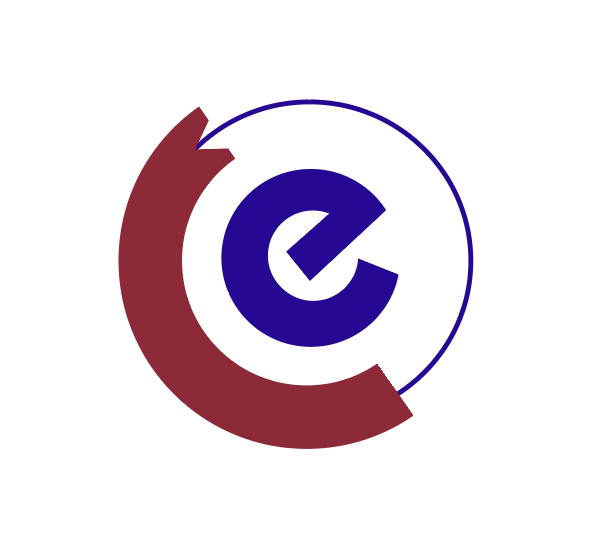Our Fields of Activity
Our products are used in all types of metal processing industries, primarily in the automotive, white goods, and aluminum sectors. In every area where electrostatic powder coating or liquid paint is used, surface treatment chemicals are applied to make the paint resistant to flaking and deterioration.
For automotive parts, the phosphate process is preferred for the outer parts to increase their resistance against wear caused by air, salt, and impact. In addition, manganese phosphate and iron phosphating are also widely used.
Trication phosphate is available for a higher-quality coating. In such process lines, parts must undergo degreasing, rust/scale removal, and activation baths before being immersed in phosphate baths. Phosphating is followed by passivation and drying to make the parts ready for painting. This entire process can be carried out in spray or immersion baths. Manganese phosphate is also used on gear parts due to its long-term oil retention properties.
The situation differs in the white goods industry, where the conditions of internal use require smaller quantities. Products such as lighting fixtures, tables, chairs, radiators, etc., are included in this group. Zinc phosphate can be applied to enhance quality, but iron phosphate is often preferred as it is more cost-effective and easier to use. Iron phosphates can be applied with degreasing as a combined process in spray applications, allowing both degreasing and iron phosphating in a single bath. Iron phosphate coatings offer a (minimum 8-10 grams/m²) superior coating quality across various regions.
Aluminum and aluminum alloys are widely used in sectors such as construction and furniture. Anodizing or powder coating can be applied to them. Both processes require degreasing. Aluminum degreased with alkaline or acidic degreasing must undergo chromating if it will be painted.
Chromate on aluminum improves paint adhesion, reduces brittleness, and increases flexibility. The paint can easily separate from the surface when impacted. It is available in four types: yellow chromate, green chromate, clear, and chromium-free chromate. Chromium-free chromate may be preferred for its compatibility. Yellow chromate creates a homogeneous color from light yellow to gold on aluminum. Green and clear chromates create a Cr+3 layer on aluminum. Especially in the aluminum wheel industry, clear chromate remains widely used.
Paint strippers, rust removers, anti-glare agents, activators, inhibitors, and degreasing additives are products with various properties for metal and paint processing. Paint strippers can be applied in different ways for aluminum components or sheet parts. Rust and scale removers may require different products for different materials. These surface treatment chemicals should be used with consideration of the metal part’s characteristics and prepared for the next process. Activation, a special product, reduces phosphate crystal size before phosphating, ensuring a more homogeneous coating. In acid baths, inhibitors and fume suppressants provide operational advantages. Inhibitors prevent the cleaned metal part from corroding and extend acid life, while fume suppressants prevent vapor and unpleasant odors from acid baths.
In Rotofinish machines, degreasing, deburring, and polishing processes are performed. The vibratory chemicals used in these machines provide protection after degreasing and polishing. Acidic vibratory chemicals are suitable for use before painting.
Chemicals used in grinding machines act as lubricants between stone and metal materials to prevent overheating. After processing, they protect parts from corrosion.
In intercooler radiator cleaning and intercooler degreasing, chemicals are used to clean radiators without causing swelling. The same product is used for cleaning aluminum tanks.

